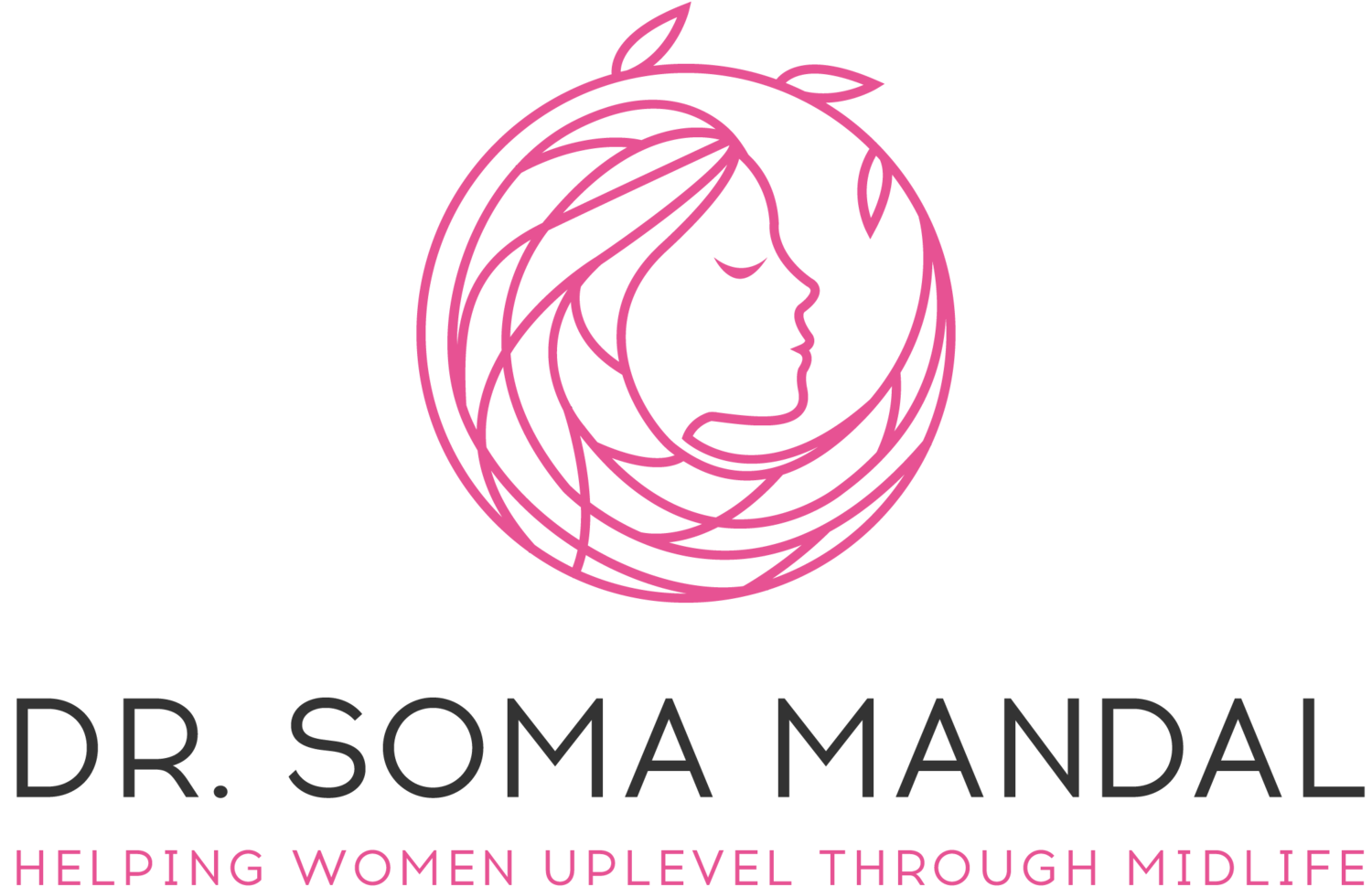Five Things You Should Know About Hormone Replacement Therapy
”Hormones get no respect. We think of them as the elusive chemicals that make us a bit moody, but these magical little molecules do so much more.”
~~ Susannah Cahalan
Hormone Replacement Therapy or HRT is something we’ve all heard so much about. And most of what we’ve heard is so confusing:
- It’s great!
- It’s bad for us!
- It will cause cancer!
HRT is one of those topics that we as women of a certain age just talk about. You’ll hear someone singing its praises. You’ll hear someone else tell a horror story. And you’ll surely hear lots of facts, fallacies, assumptions and half-truths. Of all the issues in women’s health, HRT is probably the one that is so feared and so misunderstood. So, let’s talk about HRT.
Here are the five things you should know about hormone replacement therapy.
1. HRT comes in different forms.
HRT is the replacement of the body’s naturally occurring female sex hormones, estrogen and progesterone. The two main types of HRT are:
· combination HRT which combines estrogen and progesterone
· estrogen-only HRT contains only estrogen
Estrogen and progesterone are also sometimes combined with testosterone. The exact combination of hormones depends on the particular woman’s individual needs. HRT is definitely not a one-size-fits-all intervention. The hormones may be delivered in pill form, in a transdermal patch, vaginal ring, in a cream or gel base and even in a nasal spray.
2. HRT is used for more than just menopausal symptoms.
Hormone replacement in various forms is used to treat a variety of gynecological issues. Younger women may be prescribed hormone therapy to manage painful or irregular periods or the management of endometriosis. HRT is most often used to treat menopausal symptoms in women ages 50-59. HRT is the most effective treatment for the most bothersome symptoms of hot flashes and vaginal dryness.
It might surprise you to know that men are sometimes prescribed a form of hormone therapy. For men, they sometimes have issues with low testosterone which is a male sex hormone. Testosterone replacement helps men to manage the symptoms of low testosterone.
3. HRT is not something you take forever.
The goal of using HRT to help manage menopausal symptoms is to provide some relief from the most severe symptoms while the woman is moving towards complete menopause. HRT isn’t meant to be taken forever. The general rule used by physicians for HRT is to use the lowest effective dose for the least amount of time necessary.
HRT can be used to help you get through the roughest parts of menopause but in most cases, it is not to be used indefinitely. In fact, the North American Menopause Society (NAMS) and others recommend that for women older than 60 or who are more than 10 years post menopause, physicians should choose non-hormonal options to address any lingering symptoms.
4. HRT has potential side effects.
Like any medical treatment, HRT is not without side effects. Some of the side effects are minor irritants while others can be quite significant.
Common side effects can include:
· bloating
· breast tenderness or swelling
· nausea
· leg cramps
· headaches
· indigestion
· vaginal bleeding
More serious side effects can include:
· Increased risk of cardiovascular disease
· Increased risk of endometrial or ovarian cancer in women with an intact uterus and ovaries
· Stroke
· Blood clots
· Some risk of developing breast cancer
5. HRT and The Cancer Connection
There has been so much discussion, information and misinformation about whether HRT causes cancer in women. When looking at the research and facts as a whole, the answer seems to be “it depends.”
The risk seems to be at least partly dependent upon the type of HRT used (combination or estrogen-only) and the length of time HRT is used. (source: breastcancer.org)
· Estrogen-only HRT does increase the risk of breast cancer, but only when used for more than 10 years. Estrogen-only HRT can increase the risk of ovarian cancer.
· Combination HRT increases breast cancer risk by about 75%, even when used for only a short time.
When used appropriately and judiciously, HRT can be a lifesaver for many women struggling with severe menopausal symptoms. However, it does come with risks. Before choosing HRT, it is imperative to weight the benefits and risks. You and your healthcare provider can decide if HRT is the right and safe choice for you.






